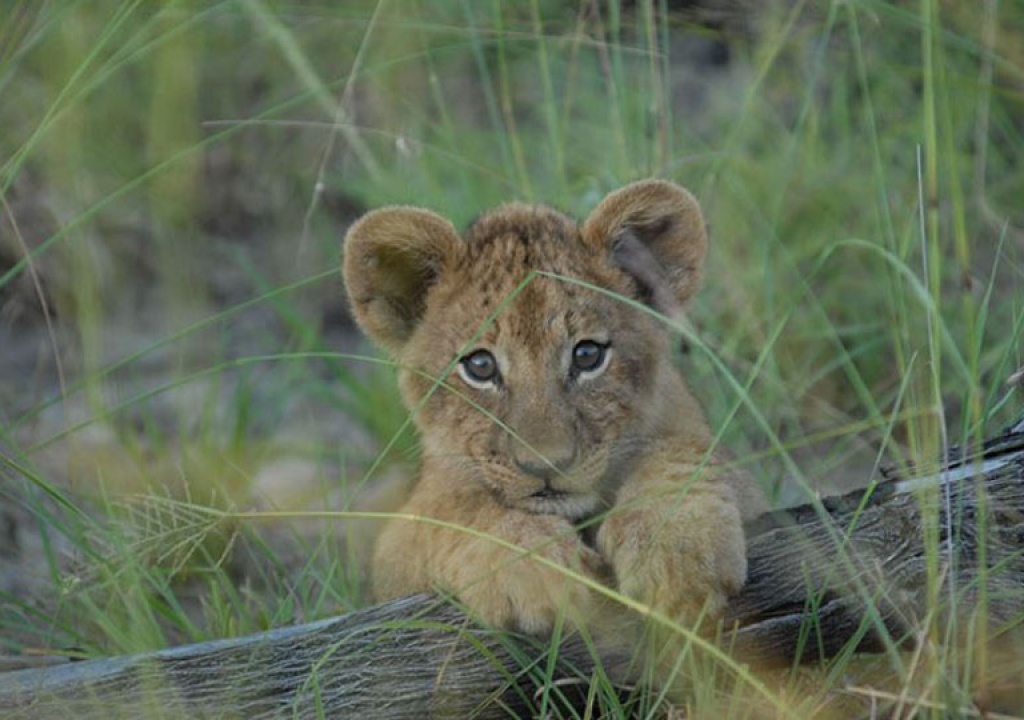
By the year 2000, lions were no more in Akagera National Park
Charlene Jendry, an American conservationist, made a maiden visit to Rwanda in 1990. She toured Akagera National Park, Rwanda’s high-end touristic destination. The mighty lions, the Kings of the Jungle, were the prime tourist attractions.
Jendry traversed through the lions’ den of 300.
She stayed at Gabiro Guest House, a magnificent safari lodge, built right in the middle of the jungle.
Park rangers warned tourists against sitting outside at night because lions would be roaming around.
Watching lions catch a kill is indeed exciting, and for Jendry, the stay at Akagera was a spectacular experience.
Jendry thereafter flew back to USA. She would return to Rwanda five years later; in 1995.
Then, the park had changed, with almost no lions in the park. The big cats’ number had immensely declined, headed to total extinction.
Lions’ sudden disappearance
After the 1994 genocide against the Tutsi, thousands of Rwandan refugees returned from exile with extended families. Some were pastoralists. Others were farmers. Land for cultivation and rearing cattle became scarce. Getting a plot was a matter of life or death.
Land grabbing was the norm of the day, where only the “haves” would get a plot. The “have not” suffered. The appetite for land mounted. The government intervened, cutting off a huge chunk of Akagera national park and give it out to farmers and herders. The park was reduced from 2500 to 1200 square Kilometers.
More often, wild animals would be hunted and killed. Lions fought back, defending their territories. Lions eventually started attacking cattle. But it wasn’t a walkover. Cattle keepers waged a deadly war. The lions weren’t a pushover either.
It appeared there would be no truce. Herdsmen decided to take a more lethal measure; poisoning the carcasses to kill prides of 9 to 12 lions.
By the year 2000, lions were no more. Completely.
Jes Gruner, the Manager of the Park, says the ecosystem equation could not balance. The national park had shrunk to a third.
Importing the king of the jungle
Tourists would express frustration for not having seen lions. Rwanda considered importing lions from South Africa and breed the big cats back in the park, but the move never materialized.
Kenya would later, earlier this year, endorse giving out 8 lions to Rwanda. But Kenya’s wildlife conservation groups have fiercely opposed the idea, demanding Rwanda to explain the extinction of its lion population.
How to keep’em lions
The Park is being run by African Parks, since 2010. Tourism in the park has increased to 71 since then, from 15259 tourists in 2010 to 260, 92 in 2013.
The management of the park says it has invested in infrastructure and marketing.
Akagera Park is home to the Ruzizi tented lodge with a honeymoon suit, Akagera Game Lodge and various camping sites; giving tourists a magnificent experience.
The management has already laid ground for receiving the lions.
Akagera Park Manager, Gruner, says once the lions arrive, they will be kept in a boomer for monitoring before they are released into the wild with a GPS tracking collar.
“The park should be able to know the location of every lion all time,” says Gruner.
A study conducted helped to ensure they will survive in Akagera’s savanna terrain.
Tight protection
The extinction of the lions gave buffalos, antelopes, zebras, and other herbivores freedom to move and even graze in farmers’ plantations. Farmers started killing countless animals.
The government intervened in 2010 by installing a 1.8 high electric fence on a 110 kilometer area, worth Rwf2.7bn ($4M). The two former enemies now live peacefully.
The park is protected by professionally trained and equipped Rangers. There are no chances for poachers, says Eugene Mutangana, the Head of Law Enforcement and Deputy Park Manager.
Killing any animal is punishable by a jail sentence of 6 months to two years or a fine between Rwf300, 000 ($500) to Rwf2, 000, 000 ($2,900).
On a serious note though, selling or injuring a gorilla (Rwanda’s prime attractions) or any other endangered species lands one a 5 to 10 year jail term or a fine of Rwf500,000 ($725) to Rwf5,000,000 ($7,600).
Ambassador Yamina Karitanyi heads the tourism and conservation department at the Rwanda Development Board.
She says law enforcement is accompanied by extensive community awareness to ensure co-existence.
The big five
Akagera’s ambition is to accommodate the big five, the buffaloes, leopards, elephants black rhinos and lions. With the presence of lions, only black rhinos will be lacking.
As a two time tourist to Rwanda, Jendry, the founder of Partners in Conservation from Columbus, Ohio, was amazed when she heard of Rwanda’s plan to bring back the lions.
“It will encourage more visitors, and improve the livelihoods of people surrounding the park.”
Spoiling the big cats
Conservationists say the lions will be spoilt for choices of prey. Akagera now boasts of 2500 buffaloes, different types of antelopes, and zebras.
For the park managers, that is an ideal experience of a lifetime for any tourist. As the lion roar, and go out for a kill, activity will increase in the park.
It will become an intense and lively national park, shooting up revenues as big cat lovers flood to Akagera.
Communities excited
Joseph Karama, Community Liaison Manager says the community has been informed about the return of the lions.
“The community played a significant role in wiping out the lions, we have to engage them ahead of the return of the lions,” says Karama.
Thirty six villages have been approached, with more than 7000 villagers attending awareness rallies to learn about lion behavior.
If that’s what it takes for Rwanda to get Africa’s Pride back in its largest National Park, says Jendry, then, “It is a good strategy.”
By Lillian Gahima.


